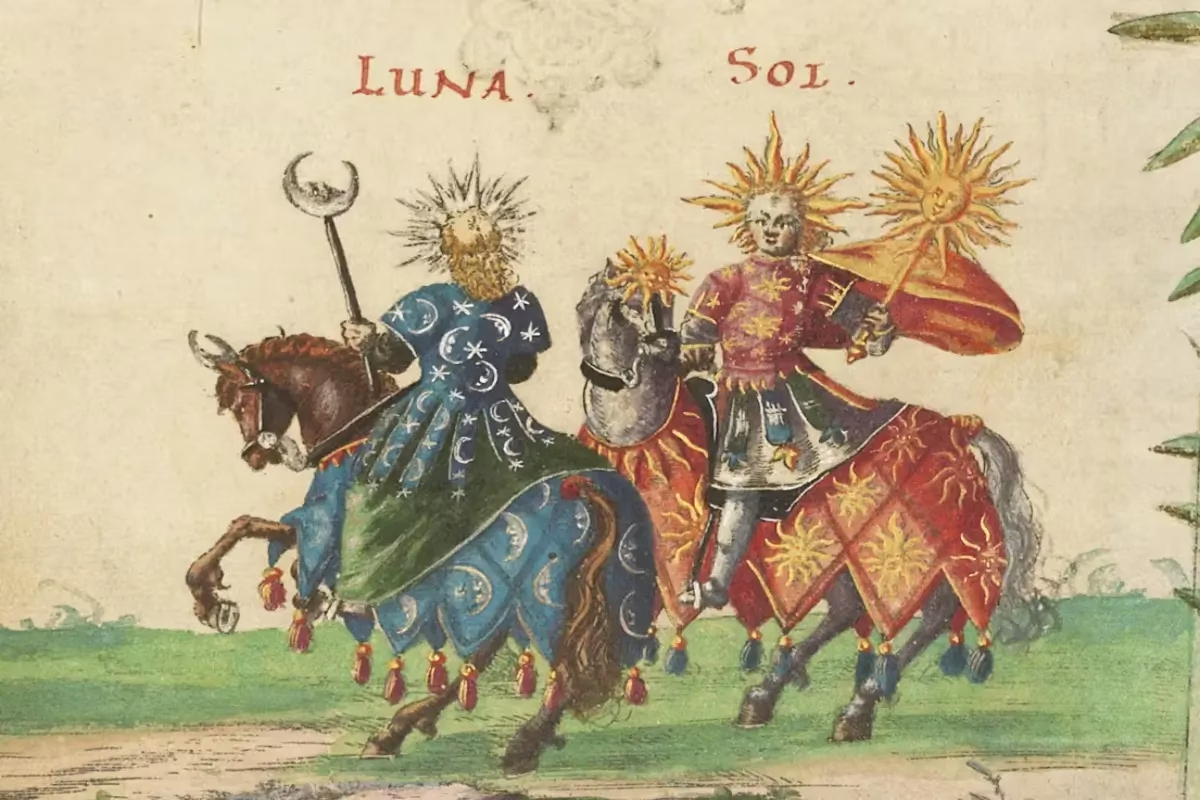Scrolling through TikTok at 1 AM and suddenly Doja Cat sounds like she’s auditioning for a Renaissance fair – that’s Bardcore. The genre that took over YouTube in 2020 with lutes, lyres, and parchment-themed visuals should have burned out ages ago. Yet here we are in 2025, and medieval music remixes are still floating through feeds. This just proves that some internet jokes refuse to die politely.
Bardcore showed up back when everyone was baking sourdough and panic-ordering puzzles. Covers of Billie Eilish and Cardi B reimagined as tavern ballads went viral, and instead of disappearing, the genre pulled off a long con. It became its own corner of internet culture, less about the gag, more about the pleasure of hearing your favorite songs filtered through a world where Game of Thrones extras run the aux cord.
It’s 2025, and Bardcore refuses to fade
The Guardian traced the origin of Bardcore to Cornelius Link’s “Astronomia (Medieval Style)” remix, which reignited meme culture around the Coffin Dance track. Soon after, content creator Hildegard von Blingin’ added medieval-style vocals to “Pumped Up Kicks,” and by late June, those videos had millions of views.
The scene went from YouTube memes to sustained interest: TikTok creators remixing Olivia Rodrigo with lutes, playlists circulating on Discord, and Twitch streamers using Bardcore as a backdrop for Elden Ring or D&D sessions.
This is how internet culture works now. Trends refuse to die these days. They go underground, grow roots, and resurface whenever someone drops a new remix. Cottagecore did it. Sea shanties did it. Bardcore joined the club.
An i-D article by Elmira Tanatarova summed it up perfectly, suggesting Bardcore “carries the weight of years of memes made about the medieval era, and the bleak darkness of that time period that appeals to Gen Z’s existential humour”
Why does it still slap?
Part of Bardcore’s endurance is pure comedy – hearing Drake’s hooks as medieval chants will always be funny. But dig a little deeper, and you realize these songs actually work. Strip away glossy production and you’re left with melodies that sound timeless. Turns out a solid hook can handle anything, even a hurdy-gurdy.
Bardcore also gave people an escape when things were heavy. Instead of doomscrolling, you could laugh at Cardi B reimagined as a Gregorian chant and feel oddly comforted by it. The humor brought us in, but the strange beauty kept us there. And while the star power of Hildegard von Blingin’ may have cooled, Bardcore splintered into micro-scenes.
On TikTok, creators in corsets lip-sync medieval covers of hyperpop hits. On Bandcamp, you’ll find full-length Bardcore albums with faux-Latin titles and woodcut album art. Twitch has turned Bardcore into unofficial background music for gaming, especially anything medieval or fantasy-inspired.
If you’ve ever rolled dice in Dungeons & Dragons, you’ve probably heard a Bardcore remix in the background without realizing it. The genre doesn’t dominate charts, but it doesn’t need to. It thrives on small-scale remix culture.
Where Bardcore goes from here
Bardcore is the internet’s remix spirit incarnate. It straddles meme culture and sincere creativity, parody and ritual. It found its niche in late-night internet culture: the random YouTube rabbit holes, the Twitch streams that need background noise, the TikToks where someone in a corset lip-syncs to a medieval remix of a pop hit.
As a genre, Bardcore was never aiming for big festival stages. It’s not polished or mainstream. The fun is that it shows up when you least expect it and makes you stop scrolling for a second. You laugh first, but then you add it to a playlist. That tension – half-joke, half-jam – is why it hasn’t disappeared.
A lute-heavy Beyoncé cover isn’t going to change music history, but it doesn’t need to. It’s just the internet entertaining itself in a way that somehow still feels fresh five years later.









